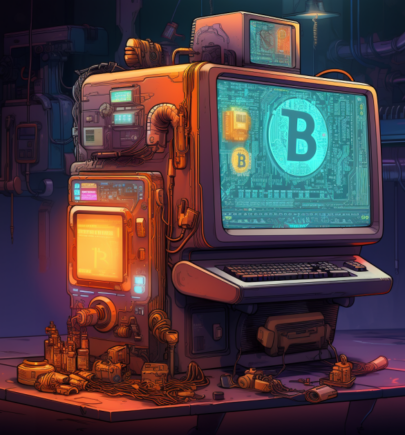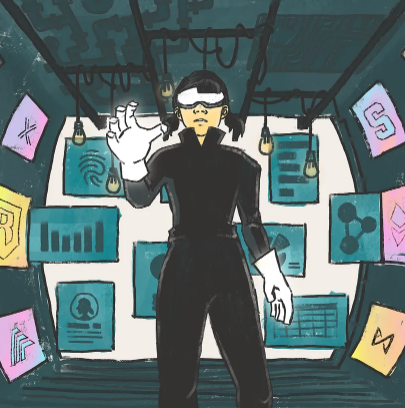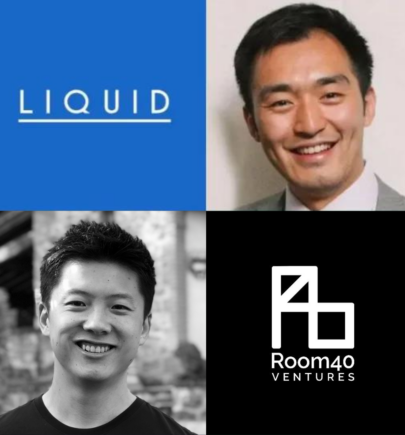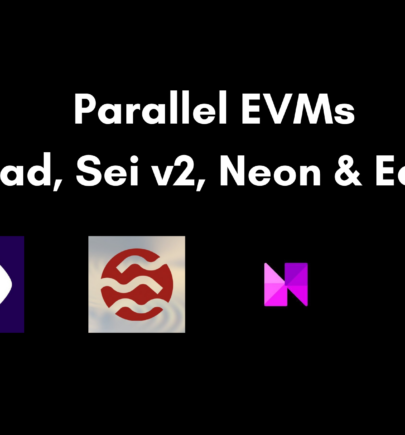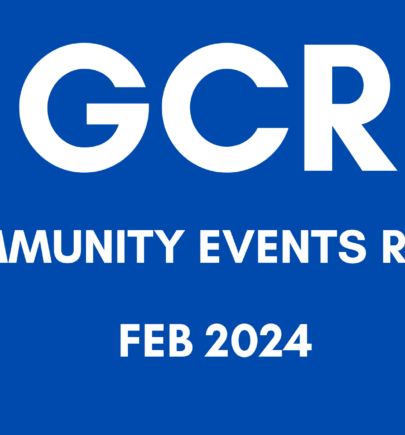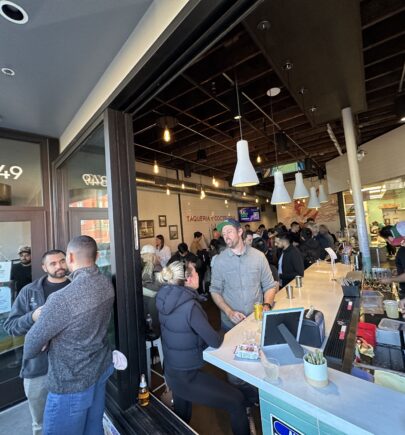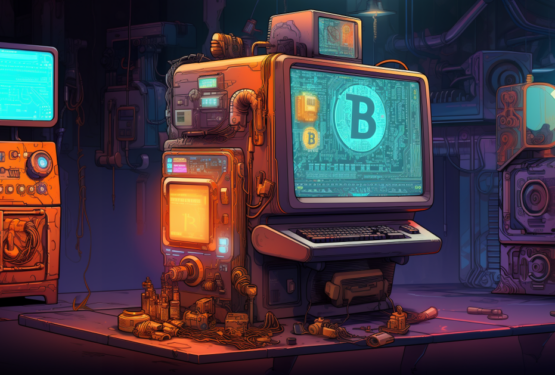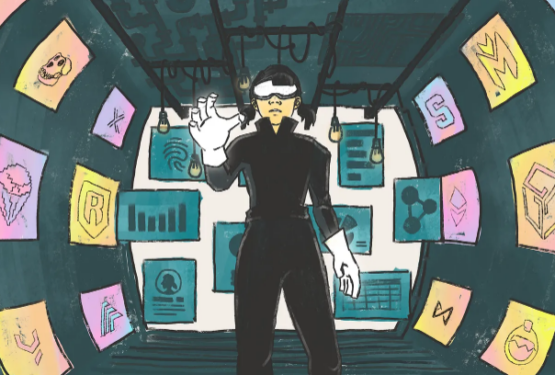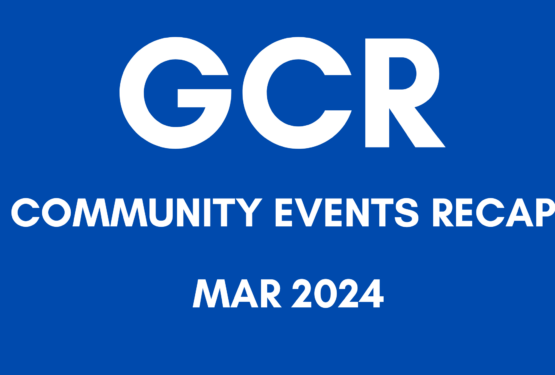UMA? Protocol-?Universal Market Access Explained (Helping DAOs)

Introduction
Public awareness of the blockchain and the crypto industry is only increasing. With the goal of improving upon existing systems in place and creating a more efficient, scalable, and accessible world of finance crypto industry is here to stay. DeFi or decentralized finance is taking it up a notch by providing greater access to an open monetary ecosystem. The boom in DeFi can be identified with the total value locked exceeding 200 billion USD.
Some DeFi projects are bending the rules of traditional finance in their favor to introduce and implement technologies whose existence wasn’t even considered a possibility. UMA is one such project.
Built to promote a decentralized architecture that can grant Universal Market Access to DeFi markets, UMA (short for Universal Market Access) is an open-source protocol built on Ethereum enabling anyone in the world to access and create tokenized financial derivatives/ synthetic assets with
self-executing and self-enforcing agreements.
What Are Synthetic Assets?
Before we understand what synthetic assets are, it is important to have an understanding of derivatives.
In the traditional financial world, derivatives are contracts between two or more parties that derive value from an underlying asset or group of assets. These contracts do not involve the actual exchange of assets, meaning neither party needs to own the asset. Stocks, bonds, commodities, currencies, interest rates, and market indexes are some of the most common underlying assets. Engagement in trading derivatives is restricted to hedge funds, commercial banks, and other institutional players. The complex and expensive nature of creating and enforcing the framework for these contracts is largely responsible for this.
Designed to suit the needs of different types of investors, synthetic assets refer to an asset class that mimics the value of another asset. Created through the process of tokenization of real-world assets, synthetics enable investors to make use of multiple financial instruments instead of focusing only on one asset.
UMA’s USP
Traditional derivatives are an important and significant part of the global financial markets however, they’re characterized by inaccessibility, opacity, risk, and other restrictions. Enabling the creation of synthetic assets, UMA opens the door to the world and provides unrestricted access to these financial tools.
Addressing the problems associated with traditional derivatives, UMA is a major player in the movement towards a more open and equitable global financial system.

UMA essentially contributes to making the DeFi market more accessible to a wide range of demographics. It does so by letting users design and create self-executing and self-enforcing financial contracts for varied use cases on the Ethereum blockchain as well as through the creation of custom collateralized synthetic tokens that can track the price of anything from futures, contracts for differences (CFDs), or total return swaps.
In simpler terms, UMA facilitates and promotes the trade of any asset using ERC-20 tokens without the user having any actual exposure to the asset itself. It clears the path for otherwise locked out individuals and institutions by giving them a fair chance of owning derivatives through tokenization thereby removing oligarchy and democratizing financial markets.
How Does UMA Work?
Building an infrastructure that will result in the inflow of trillions of dollars from a restricted, opaque, and permissioned market to a completely open, transparent, and permissionless financial system, UMA promotes the growth of a fair and open market. It removes all barriers to entry, provides a framework for synthetic asset creation, and enables any individual, entity, or DAO to access any type of financial risk, without any centralization or single point of failure.
UMA’s framework for the creation of synthetic assets on Ethereum is powered by:
- Priceless financial contract infrastructure
- The Optimistic Oracle

Priceless Financial Contract Infrastructure
The mechanism for enforcing financial contracts in the traditional world includes two crucial components –
- Margin- Involved parties stake collateral to account for value changes in the contract.
- Legal recourse?—?One party sues the other in case of failure to fulfill the contractual agreement.
The existence of smart contracts in DeFi makes the materialization of the first component relatively simple. However, the prevalence of decentralized and permissionless systems operating on a global scale with pseudonymous users makes legal recourse extremely difficult, cumbersome, and expensive.
UMA addresses this pain point by creating a trustless, permissionless mechanism that secures the contract with economic incentives alone. Thereby, eliminating legal recourse as an enforceable action and ensuring contract enforcement through sole reliance on margins.
Founded by former Goldman Sachs employees in 2018, UMA removes the need for any entity or legal system, to arbitrage the process in case any of the parties fails to uphold the terms of the contract.
UMA’s open-source protocol to design financial contracts that ensure all parties are protected and informed comprises of five components listed below
- Public addresses of involved parties
- Margin accounts for each counterparty
- Agreed upon economic terms to calculate the value of the contract
- Smart contract functions to maintain margin balances
- An oracle for data verification
Optimistic Oracle
Before I explain the significance of UMA’s oracle, I want to give you a brief description of the function of oracles.
In simple terms, an oracle is a bridge between the blockchain and the real world. It serves as an entity that connects smart contracts to external resources or valuable off-chain information. Oracles play a crucial role as the external data they feed on-chain can trigger predefined actions of the smart contract.
UMA’s main focus is on the creation of priceless synthetic assets. Reliance on on-chain price feed is relatively low for these. “We believe that oracles are the single biggest problem facing DeFi today. Problems with oracles have been made clearly visible by recent events: the bZx flash loan attack, SNX oracle front running, and Maker’s Black Thursday. We believe DeFi can be made safer and more secure by minimizing oracle usage.”
What Are Priceless Synthetic Assets?
“Priceless contracts are designed with mechanisms to incentivize counterparties to properly collateralize their positions without requiring any on-chain price feed”.
These assets reference an underlying reference index thereby minimizing oracle usage. Synthetic tokens are collateral-backed tokens whose value fluctuates depending on the tokens’ reference index.
Back to UMA’s Oracle. UMA’s decentralized “provably honest” oracle design is built on the assumption that “any oracle on a public blockchain can be bribed”. One of the biggest problems hindering DeFi scalability and usability is the inexistence of secure oracles, it is believed that anyone can manipulate the oracle for financial gains. Leading UMA to create a system where the cost of manipulating the oracle is always greater than the profit earned from corrupting the oracle thereby eliminating any monetary incentive to corrupt the system and mitigating associated security risks.
Profit from Corrupting>Cost of Corrupting
In the absence of an on-chain feed to indicate whether the contract is properly collateralized, UMA has a liquidation mechanism that allows anyone to liquidate an undercollateralized position. Positions that have not been liquidated are assumed to be properly collateralized. The moment an improperly collateralized position is identified it is referred to the Data Verification Mechanism (UMA’s oracle). Essentially, UMA places responsibility onto its users and community through over-collateralization, economic incentives, and minimalist oracle architecture. In the event of a dispute, the collateralized position is subject to the data verification mechanism (DVM) process based on Schelling points.
As stated, UMA relies on Sponsors, Liquidators, and Disputers. New synthetic tokens are minted by token sponsors and the counterparty to the derivative trade is the token holder who purchases the token through UMA. To become a token sponsor, you need to set a price identifier and deposit collateral.
Liquidators can liquidate a position that is not appropriately collateralized. If the DVM determines that the Liquidator’s claim is incorrect, the Liquidator is penalized, and the Disputer is rewarded from the penalty. Conversely, if the Disputer questions the claim and is proven wrong, they have to forfeit their bond, and the Liquidator gets all of the collateral in the smart contract for that token. Disputers can question the claims made by Liquidators and initiate voting (ensuring honest behaviour from Liquidators). The voting is open to UMA holders, whose voting power is proportional to their UMA balance. The voting is done to decide on the price at a given timestamp.
The protocol is designed to incentivize honesty and penalize dishonesty. Moreover, there is the assumption that token creators and sponsors are responsible participants who will rarely dispute a price. Doing so would trigger the DVM which is not only costly but cannot be manipulated with, as the data is usually quantifiable via the price identifier.
UMA protocol tries to ensure that CoC>PfC at all times relying purely on financial incentives thereby restricting the use of the DVM to dispute resolution.
UMA Token
UMA token’s main use case is participation in network governance. UMA holders have two main responsibilities
1. They can vote on the price of an asset when a request is given to the DVM. They earn fees for voting. Each UMA token counts as one vote. If they vote correctly that is if they vote with the majority they earn rewards proportionate to their voting share. However, if they do not vote or vote wrong, they do not receive any rewards.
2. The next responsibility pertains to proposing or voting on changes to the protocol including changes to network parameters. UMA calls this UMA Improvement Proposals (UMIP) through which network-wide changes can be voted on and subsequently implemented. These include the introduction of new assets, activating emergency shutdown, or removal of existing contracts not in use. The power vests with the token holders who can shut down contracts if corruption is detected, modify the rewards and punishments. UMA token holders are the final line of defense in ensuring the protocol is honest.
The distribution of UMA is as follows:
- Total supply of 100 million.
- Around 62 million in circulation.
- 2 million sold during UMA’s ICO via Uniswap.
- Around 35 million were distributed to users as rewards and developers.
- 5 million allocated for future sales.
Conclusion
UMA is an extremely flexible and promising project on Ethereum with strong utility and use cases. Derivatives and synthetic tokens are powerful financial tools revolutionizing DeFi. UMA’s tokenization of derivatives native to Ethereum significantly increases the scope of assets that can be traded upon. Moreover, it has successfully lowered the barriers to entry and made DeFi globally accessible.
The protocol’s architecture is wired to create a trustless and incorruptible way to verify price information onto the blockchain. Balancing automation with the wisdom of the network participants, UMA utilizes Ethereum’s self-enforcing smart contracts while challenging blockchain oracle dependence.
What sets UMA apart from its competitors is that UMA leverages existing assets (ETH, DAI, etc.) to collateralize financial contracts rather than low utility tokens. Moreover, UMA, unlike its competitors, uses the priceless methodology for price identification eliminating reliance on third-party oracles that are subject to corruption. After all, DeFi is really decentralized when it is not reliant on a select few where there is scope for corruption.
Wish the same could be done with our political systems.
Socials
